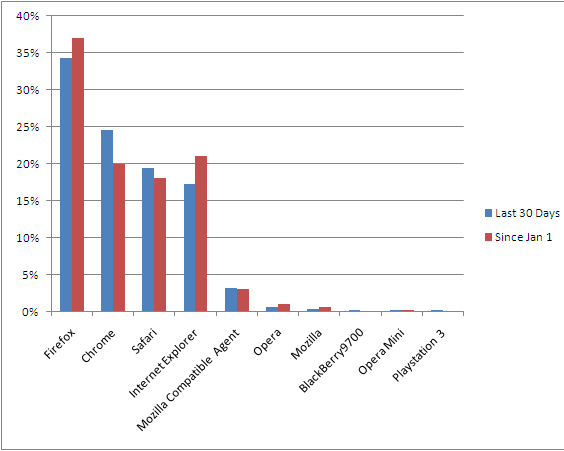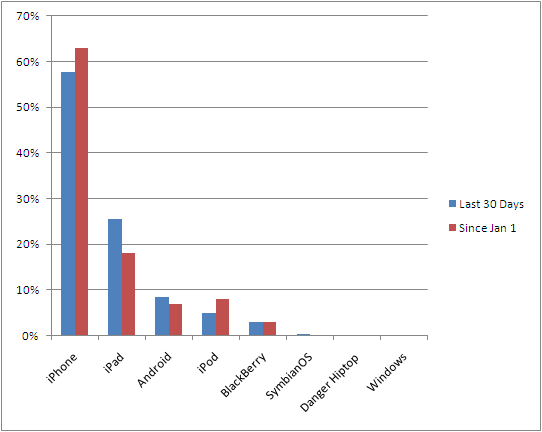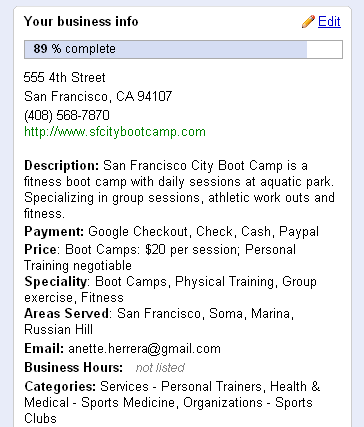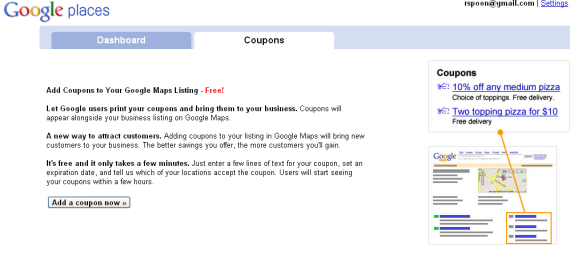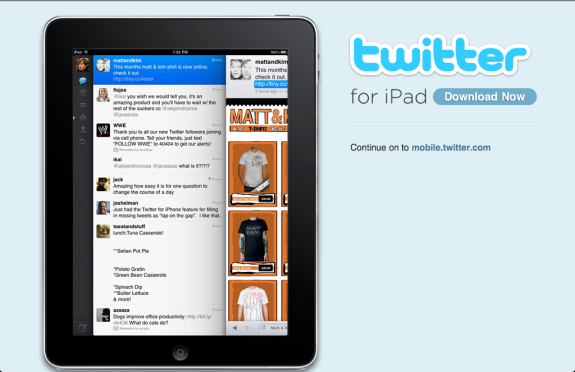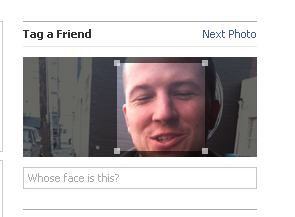I have been spending time on Quora answering questions around Dogpatch Labs, incubators, venture capital, etc. As I receive some questions frequently, I thought it would be worth while to re-purpose my answer for a couple selected topics.
Over the next week, I will couple of the related topics specifically on Dogpatch Labs. I will only post my response - but can get other answers on Quora (I will provide the link). You can also follow me directly at Quora/Ryan-Spoon
There are terrific entrepreneurs and companies across both DogpatchLabs (you can see Dogpatch residents here: http://dogpatchlabs.com/dogpatch...) and Pier 38 (ie Social Media, Automattic, Cotweet, individuals, etc).
I will focus on the benefits of Dogpatch Labs - which accounts for ~65 of the entrepreneurs in the pier (making it the largest 'group'):
1. Direct Community
Your peers are fellow entrepreneurs who you will be working alongside during your six-month stay. You get to know a diverse group of individuals & companies who are all going through similar experiences. We have had residents with experience at Google, Yahoo, eBay, Microsoft, Zynga, Slide, Facebook, Imeem, and so forth. The companies are all at different stages - from concept to revenue producing - and the residents are roughly split between engineering and business.
2. Community Beyond San Francisco & Your "Class"
Related to the above bullet, Dogpatchers are connected with residents at each of our locations (SF, NYC and Boston) and with 'graduates'. In total, that is a community of ~300 entrepreneurs each year.
3. People Flow
One of the great benefits of being within Dogpatch is the flow of great people who come through the lab - whether it be for meetings, workspace, events, etc. Residents are encouraged to take meetings in the common areas, on the pier, in the meeting rooms, etc - opening everyone to new people and potential partners.
4. Events
We host approximately an event a week at Dogpatch Labs. Some are informal gatherings (social, catch ups, etc) and some are more formal / elaborate. For instance, we have done angel nights, demo days, themed dinners (such as mobile) and events with major partners and speakers - including: Facebook, TechCrunch, Venturebeat, Robert Scoble, Hiten Shah / KISSmetrics, etc. Some events are open to the Pier but most are focused specifically for Dogpatch Labs residents (both past and current).
5. Location
Tough to beat the views:
http://www.facebook.com/dogpatchlabs



